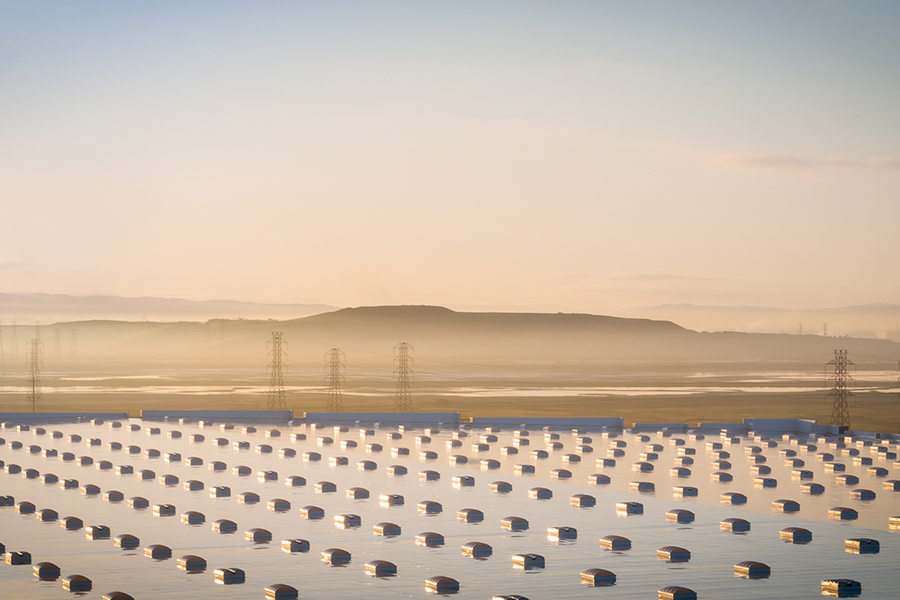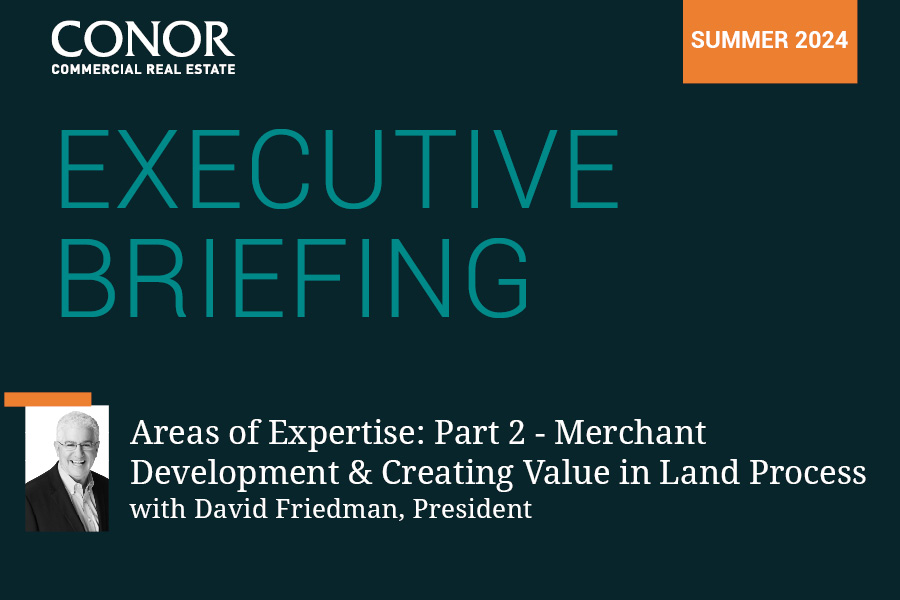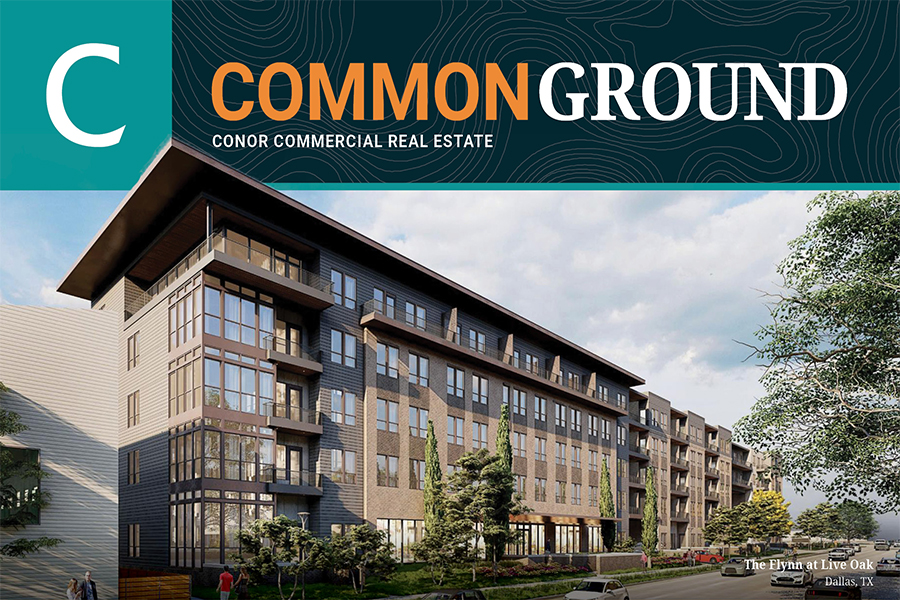
The current environment continues to affect our businesses in rapidly evolving ways. Most municipalities have deemed construction an essential activity and, as such, the majority of our jobsites are pushing forward. However, in some parts of the country, it is unclear if all construction projects qualify as essential activities, or in a couple cases there are conflicting directives from cities, counties and states. Another challenge we see on several jobs is reduced crew sizes, which causes decreased productivity and could result in schedule delays. As can be expected, many new safety practices are being implemented on jobsites, including controlled access zones to enforce mandatory distancing and no-contact thermometers to ensure that anyone with a fever is made aware and sent home. Additionally, to prevent delays while maintaining social distancing, a few municipalities have begun to implement virtual inspections. We have a unique opportunity in the construction industry to lead the way in finding safe ways to keep our economy alive and people working, so we will continue to advocate for safe working environments and continued progress for our clients.
As I said last week, developments are not all impacted in the same way. Some projects in earlier planning stages have been put on a temporary hold, as uncommitted construction debt will be difficult to access in the coming weeks—or even months. For capitalized projects that are seeking entitlement approvals or that are in mid-construction, schedule delays continue to be the most common short-term consequence. In the long term, the effects are likely to vary by product type. A few prominent examples of this are decreased demand for new hospitality developments and increased demand for more affordable housing. In the industrial landscape, leasing is still ongoing but expected to continue at a slow pace in the coming months. Additionally, we are seeing fewer developers take their stabilized or mature product out to market, preferring to let the peak of the crisis pass before exiting their investments. We are also expecting a smaller pool of buyers in the short to medium term. However, there will likely be a long-term increase in demand from e-commerce businesses, as well as warehousing as current inventory levels for many products have proven to be insufficient. We are also anticipating that more companies will focus on diversifying their supply chains, which could bode well for both domestic manufacturing as well as secondary ports.
Written by Molly McShane, Chief Operating Officer of The McShane Companies
Published by ULI Chicago






